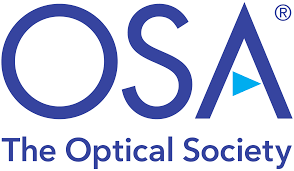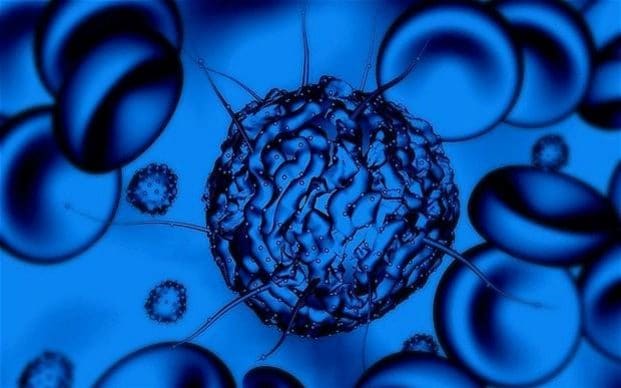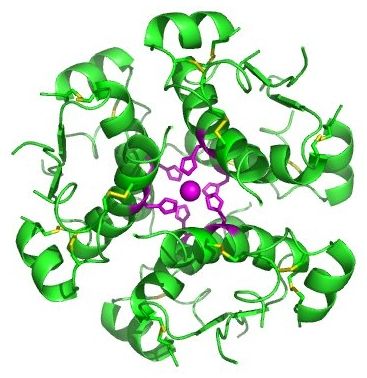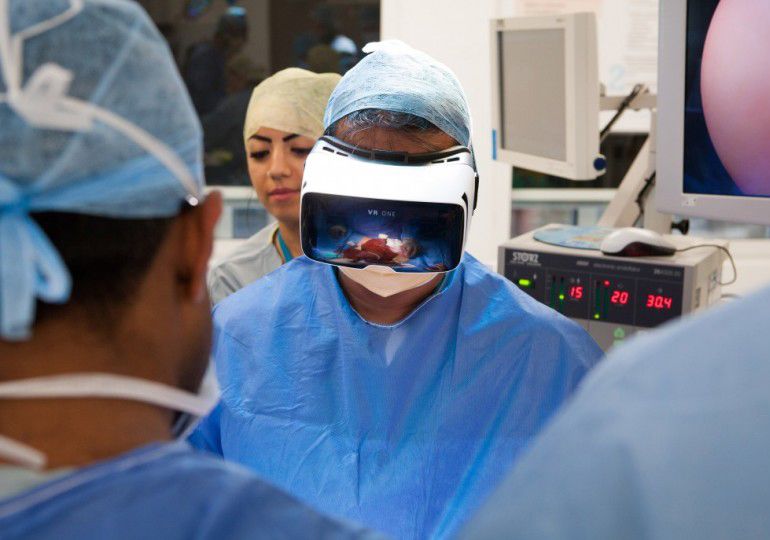Dec 26, 2016
The Science and Engineering of Quantum Dot Lasers
Posted by Karen Hurst in categories: engineering, quantum physics, science
Since their development in 1960, lasers have become an indispensable tool supporting our modern society, finding use in fields such as medicine, information, and industry. Thanks to their compact size and energy efficiency, semiconductor lasers are now one of the most important classes of laser, making possible a diverse range of applications. However, the threshold current of a typical semiconductor laser—the minimum electrical current required to induce lasing—increases with temperature. This is one of a number of disadvantages that can be overcome by using quantum dot lasers. Professor Yasuhiko Arakawa of the Institute of Industrial Science at the University of Tokyo has been researching quantum dot lasers for about 35 years, from their conception to commercialization.
An electron trapped in a microscopic box
Sunlight is composed of light of various colors. The property that determines the color of light is its wavelength, or in other words, the distance between two successive wave peaks or troughs. The location of the peaks and troughs in the waveform is known as its phase. As a laser emits light waves in a uniform phase at the same wavelength, the light can be transmitted as a beam over long distances at high intensity.
Continue reading “The Science and Engineering of Quantum Dot Lasers” »

















